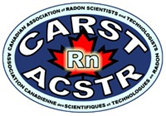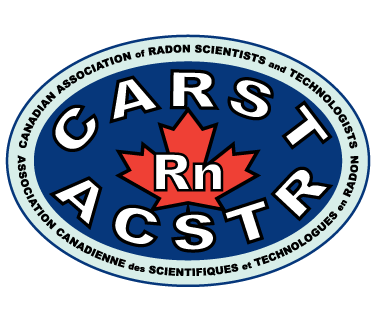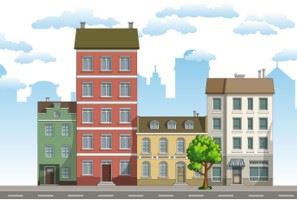 Canadian Association of Radon Scientists and Technologists Helping Canadians Reduce Radon Risk |
 |
RADON AND PHASE 1 ESA ENVIRONMENTAL SITE ASSESSMENTS |  |
What you need to know about Radon! Radon is a naturally occurring, odorless, colourless, radioactive gas that comes from the ground, and is also found across Canada. Long-term exposure to high levels of radon increases the risk of developing lung cancer. According to Health Canada, 16% of lung cancer deaths are related to radon. Lifetime excess cancer risk estimates for indoor air carcinogens show that radon gas is the highest priority exposure in Canadian settings. It exceeds risks from asbestos. If you are conducting PHASE 1 Environmental Site Assessments, you should consider radon. We have provided some sample wordings for you to use. CARST Suggested Phase 1 Radon Wording.docx | ALL industrial, commercial and THE ONLY WAY TO KNOW IF |
NEED TO KNOW:
|
RESOURCES |
CELA: Canadian Environmental Law Association | “As in all indoor environments, the only way for an employer to know if they are compliant…is to test.” | p50 Canadian Environmental Law Association |
C-NRPP: Canadian National Radon Proficiency Program | Interactive Radon Map. | Radon Map |
CCOHS (Canadian Centre | There are no areas of the country that are ‘radon free’ . | CCOHS (Canadian Centre for Occupational |
Government of Canada | Access videos, factsheets, materials to share, and a list of |
CARST: Canadian Association of Radon Scientists and Technologists | Radon testing requires a 91-day minimum testing period during the heating season (October through April). In cases where such testing may not be practical, the prospective purchaser and lender should consider testing the building(s) as prescribed by the Canadian Association of Radon Scientists and Technologists (CARST) Real Estate Testing Guideline in order to make timely and informed decisions. | CARST.ca |
WHO: World Health | Learn about the WHO recommendations for policies to prevent and mitigate residential radon exposure |
ASHRAE Standard 62.1-2022 (IC 62.1- 2022-4) Interpretation Interprétation de la norme 62.1-2022 (IC 62.1-2022-4) de l'ASHRAE | CARST has obtained an interprtation regarding the ASHRAE's standard on radon being Class 4 air. |

.png)